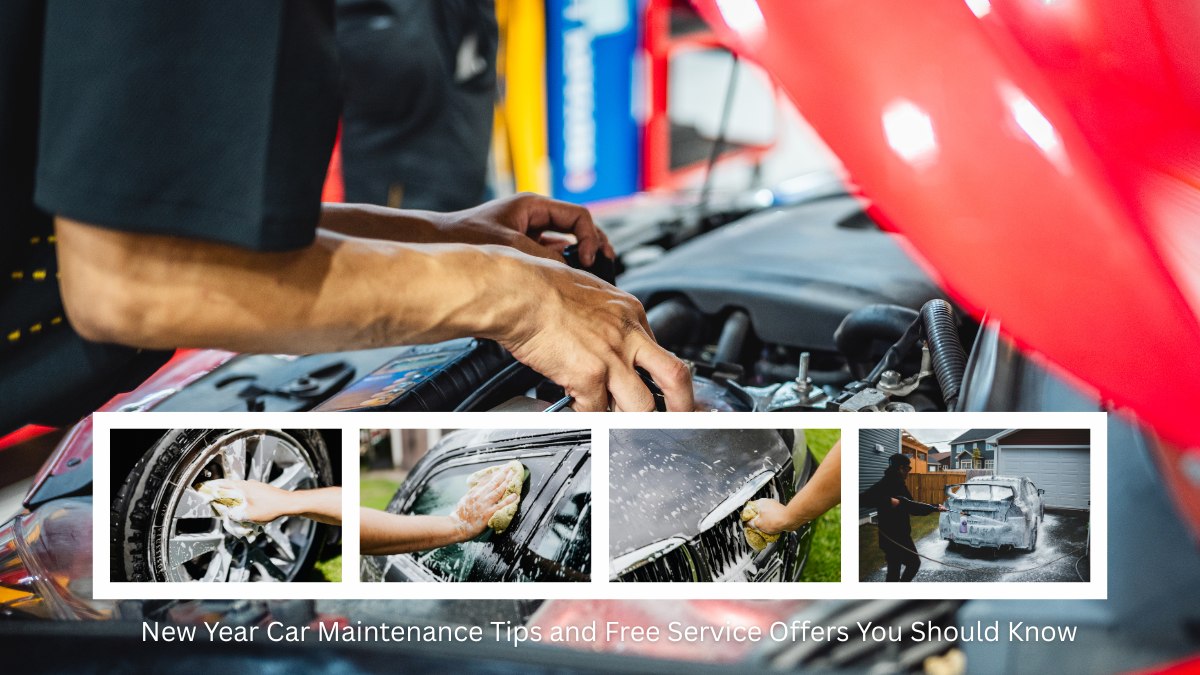Government’s 2026 EV Policy – Is the 100% Electric Goal Achievable?
- Cars
- 05 Nov, 2025
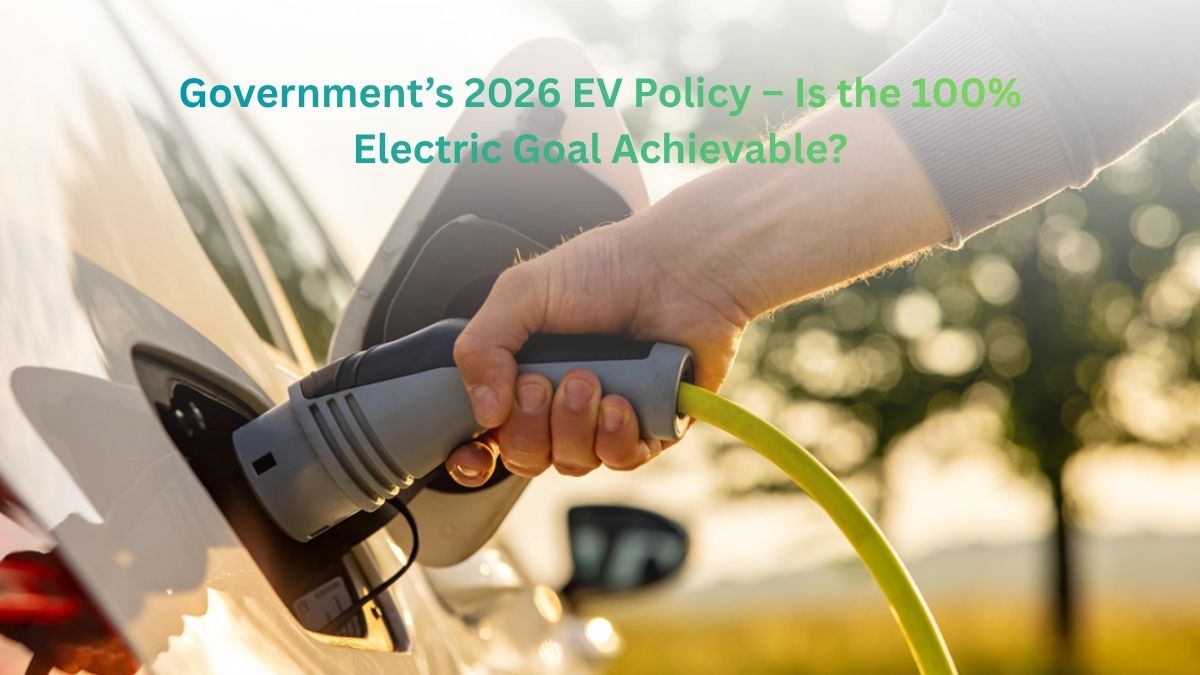
India’s electric vehicle (EV) revolution is accelerating, fueled by the government’s ambitious vision to make the country’s mobility sector 100% electric in the coming years. The Government’s 2026 EV Policy is one of the most discussed initiatives in the automotive and energy industries today. It aims to position India as a global leader in clean mobility while reducing its dependence on fossil fuels. But the key question remains — is the 100% electric goal by 2026 truly achievable?
Overview of the 2026 EV Policy
The EV Policy 2026 builds upon previous frameworks like FAME I and II (Faster Adoption and Manufacturing of Electric Vehicles) and the National Electric Mobility Mission Plan (NEMMP). Its core objective is to accelerate EV adoption across all segments — from two-wheelers to commercial fleets — while encouraging local manufacturing and infrastructure growth.
Under the 2026 policy, the government aims to:
- Achieve 100% electric public transport and government fleets by 2026.
- Ensure at least 30% electrification of private vehicles.
- Set up charging stations every 3 km in cities and every 25 km on highways.
- Provide tax incentives, battery swapping subsidies, and reduced GST rates (5%) on EVs.
States like Maharashtra, Tamil Nadu, and Delhi are already leading the charge with state-specific EV policies offering incentives for buyers and manufacturers.
The Progress So Far
India’s EV market has seen rapid growth since 2020. In 2024–2025 alone, over 2 million EVs were sold, with two-wheelers and three-wheelers dominating the market. The country now has more than 10,000 public charging points, and private investment is flowing into battery manufacturing, charging infrastructure, and localized component production.
Automakers like Tata Motors, Mahindra, Hyundai, Ola Electric, and MG Motor are expanding their EV portfolios. At the same time, battery companies such as Exide, Amara Raja, and Reliance New Energy are developing large-scale gigafactories to meet the growing demand.
Challenges to the 100% Electric Goal
Despite the strong policy support, achieving 100% electrification by 2026 faces several challenges:
- Charging Infrastructure Gaps
While Tier-1 cities are seeing fast installation of charging stations, smaller towns and rural regions still lack adequate infrastructure. The goal of “a charger every 3 km” will require billions in investment and faster implementation. - High Upfront Costs
Although EV running costs are low, the initial price remains high due to expensive batteries. Localized production is improving this, but affordability is still a concern for mass adoption. - Battery Supply and Recycling
India currently imports a large portion of lithium and cobalt, making it vulnerable to supply chain disruptions. Moreover, battery recycling and second-life use systems are still evolving. - Consumer Awareness and Trust
Many Indian consumers are still hesitant due to doubts about range, performance, and charging time. Education and real-world adoption will take time.
Government and Industry Efforts to Overcome Barriers
To tackle these issues, the government is implementing multiple initiatives:
- PLI Schemes for Auto and Advanced Chemistry Cells to encourage domestic manufacturing.
- Battery Swapping Policy (2024–2026) for faster charging solutions.
- Reduced import duties on key EV components and charging equipment.
- Public-Private Partnerships to establish fast-charging corridors along highways.
At the same time, automakers and energy companies are collaborating to create energy-efficient batteries, affordable EV models, and smart charging systems powered by renewable energy.
Why Choose Electric Vehicles under the 2026 Policy?
- Lower Running and Maintenance Costs:
EVs are 70–80% cheaper to run than petrol or diesel vehicles, thanks to electricity’s lower cost and minimal maintenance needs. - Government Incentives:
Buyers benefit from income tax rebates, reduced road tax, and state-level subsidies under the EV Policy 2026. - Eco-Friendly Choice:
Driving electric drastically reduces CO₂ emissions, helping fight air pollution and climate change. - Energy Security:
EV adoption reduces dependency on imported crude oil, improving India’s energy independence. - Technological Advancements:
India’s shift toward EVs is also driving advancements in AI-based energy management, connected vehicle systems, and smart mobility solutions.
Is the 100% Electric Goal Achievable?
Realistically, complete electrification by 2026 might be ambitious, but the policy has successfully set the momentum for India’s EV transition. Experts predict that by 2026, India could achieve:
- 40–50% electrification in two-wheelers,
- 25–30% in private cars, and
- 100% in government and public fleets.
This gradual transition still represents a massive leap toward a cleaner, greener transport ecosystem. Even if the target isn’t fully achieved, the 2026 policy ensures the groundwork for a 100% electric India by 2030.
Conclusion
The Government’s 2026 EV Policy is not just a roadmap—it’s a revolution reshaping India’s transportation future. While achieving complete electrification within such a short span may be challenging, the progress already made shows India’s commitment to sustainability, innovation, and energy independence.
With continued investment, policy support, and public participation, India’s vision of a fully electric mobility system may not be too far away. The 2026 policy is a significant step toward realizing that dream.
FAQs
1. What is the main goal of the 2026 EV Policy?
To achieve 100% electrification in public transport and government vehicles, and 30% adoption in private vehicles by 2026.
2. Are there incentives for buying an EV in 2026?
Yes, buyers get subsidies, tax rebates, and lower GST rates on EVs and chargers.
3. Will petrol and diesel vehicles be banned by 2026?
No immediate ban is planned, but the government is encouraging a gradual phase-out.
4. Is India ready with enough charging stations?
Major cities are well-equipped, but rural areas still need stronger infrastructure development.
5. Can India reach the 100% electric goal by 2026?
It’s ambitious but partially achievable. India is on track for large-scale EV adoption by 2030.
Latest Car News

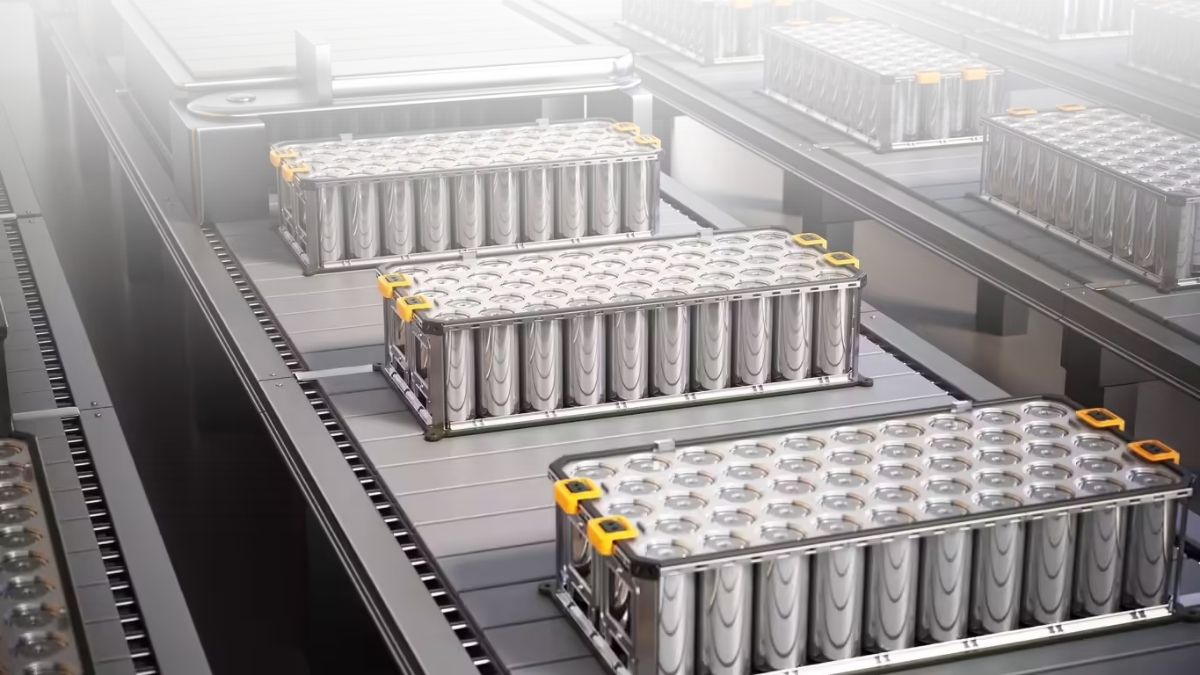
Battery Manufacturing and ‘Made in India’ EV Components: 2026 Update

Best Winter Tyres for Indian Roads
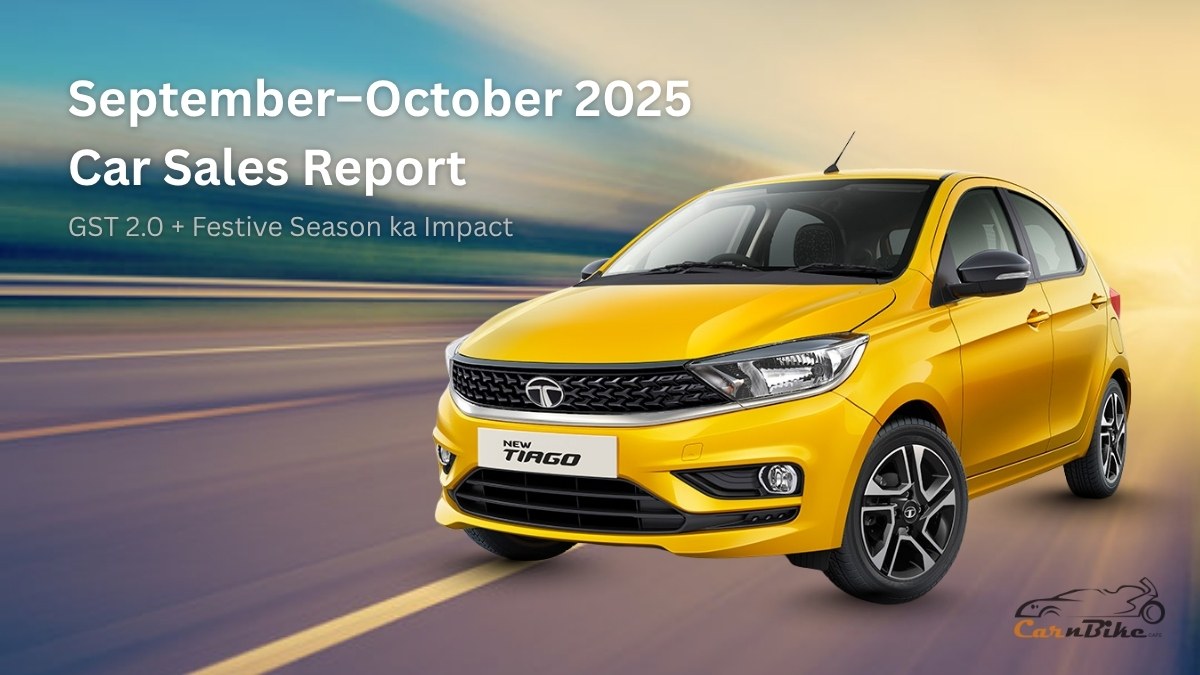
September–October 2025 Car Sales Report: GST 2.0 + Festive Season ka Impact

Top 10 Best-Selling Cars of October 2025 — Detailed List and Insights

Tata Motors Secures Second Spot in October 2025 Car Sales — Detailed Report

Maruti Suzuki Breaks Records: 2.2 Lakh Units Sold in October 2025
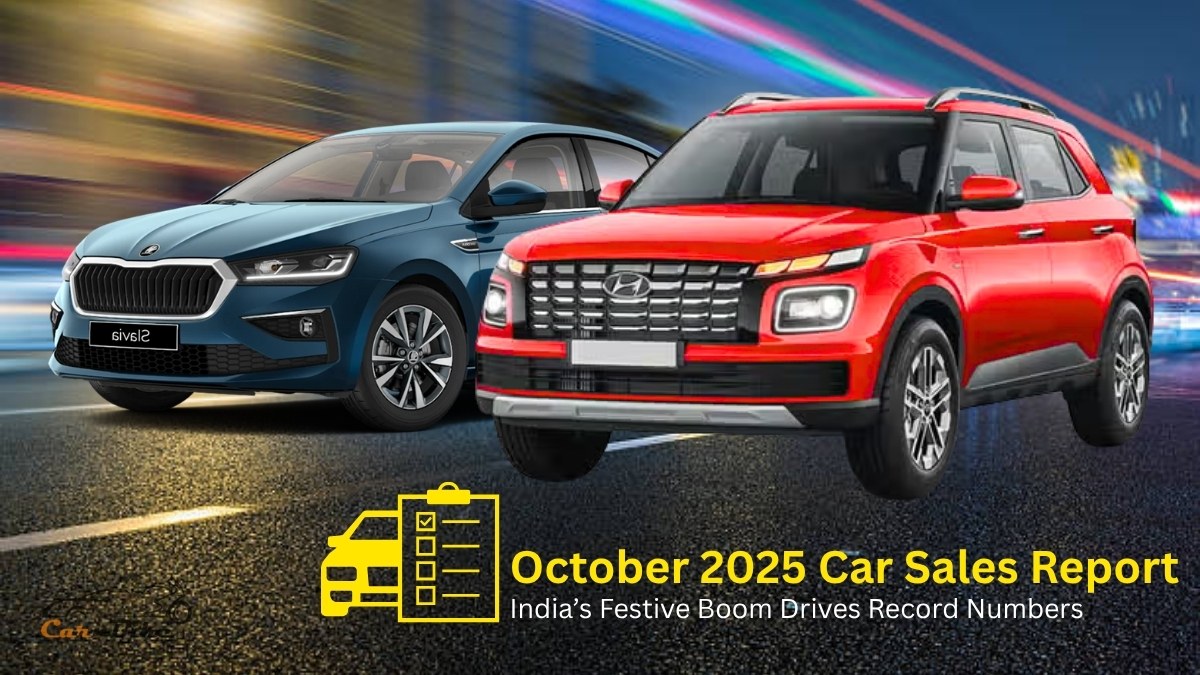
October 2025 Car Sales Report: India’s Festive Boom Drives Record Numbers

Car Technology Trends to Watch in 2026
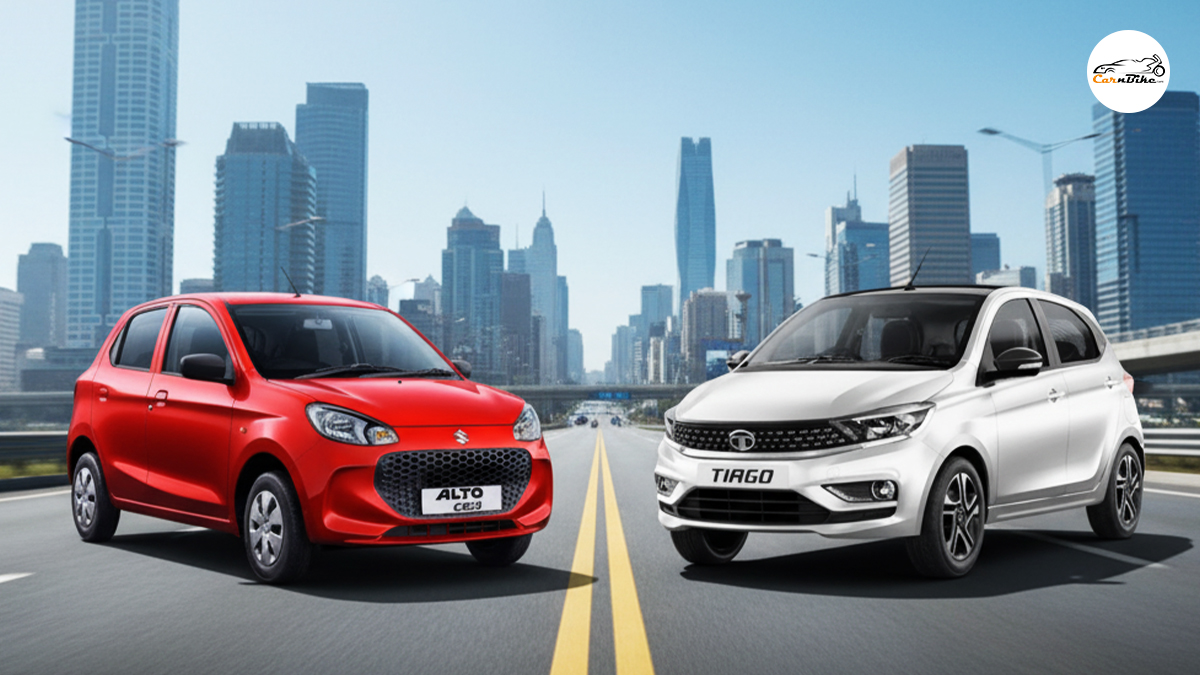
Budget Hatchbacks With Best Mileage in 2026

How to Get Maximum Benefit from New Year Car Exchange Offers
